These Vehicles Offer the Highest Rates of Driver Death

After a notable decline in driver fatalities during the Great Recession, deaths are back on the rise. However, the increase is rather minuscule compared to every other decade since automobiles became North America’s preferred mode of transportation and the number is projected to go back down in the years to come.
The averaged rate of driver deaths for 2014 models was 30 fatalities per million registered vehicle years, up from the 2011 low of 28. Fatal crashes rose a further 7 percent in 2015. This is can primarily be attributed to people having more reasons to drive when the economy is better, and those added miles translate into additional opportunities for crashes.
More interestingly, however, is which vehicles drivers are losing their lives in most often. As expected, smaller vehicles often are the most dangerous to occupy in the event of an accident but the stats between individual models vary widely.
Let’s begin with which segments performed better. As stated earlier, the smaller a car is, the less likely it will be able to adequately protect you in a crash. On the other end of the spectrum are luxury SUVs. According to the I nsurance Institute for Highway Safety, which analyzed deaths from 2012 to 2015, large all-wheel-drive luxury SUVs possessed the lowest death rate, with just six fatalities per million registered vehicle years — though exceptionally large luxury SUVs were actually involved in more driver fatalities. Luxury sedans echoed this phenomenon by being much safer overall, with slightly more averaged deaths in the largest examples.
Minivans also performed exceedingly well, besting everything but luxury models.
Mainstream SUVs and pickups were also relatively safe, outperforming non-luxury sedans and coupes by a decent margin. In fact, large two-doors tended to be among the most dangerous segments in the study, tallying 80 deaths per million registered years — outdone only by the mini segment’s 87. Sports cars were also involved in more than their fair share of driver fatalities, averaging ratios of 54 for midsize examples and 49 for large.
While the IIHS study doesn’t specifically say so, some of those fatal accidents can likely be attributed to the type of driving they inspire. But the majority of models designated for death aren’t really poised for fast and furious road behavior.
The Hyundai Accent sedan was the car associated with the most driver fatalities. Possessing a ratio of 108 deaths per million registered vehicle years, the Accent was followed by the Kia Rio sedan and Scion tC.
Dipping below the triple-digit mark were the Chevrolet Spark, Nissan Versa, Ford Fiesta four-door, and Kia Soul. Other vehicles to make the risky list were the Nissan Maxima, Nissan Sentra, Volkswagen Golf, Dodge Challenger, Hyundai Genesis coupe, Ford Fusion, and Mustang convertible. Surprisingly, none of the Mustang-related deaths could be attribute a rollover accident. The same cannot be said for Nissan’s 4WD Titan Crew Cab short bed — which had more rollover deaths than any other vehicle on the list.
While the “bad” ranged anywhere between 59 and 108 fatalities per million registered years, there were some vehicles that didn’t have any. The Audi Q7 Quattro, BMW 535i/si/ix, Jeep Cherokee 4WD, Lexus CT 200h, Lexus RX 350, Mazda CX-9, Toyota Tacoma Double Cab 4×4, Volkswagen Tiguan, and all-wheel-drive Mercedes-Benz M-Class all had a ratio of zero.
Unsurprisingly, the remaining single digit death ratio cars were predominately sport utility models, too. The Ford Explorer, Chevy Suburban, Audi Q5, Mercedes-Benz GLK, Toyota Venza, and Nissan Pathfinder, all had a ratio of 7 or under. So did the Mercedes-Benz E-Class and Chevrolet Volt, the only other non-trucks near the top of the list.
Still, even the worst vehicles saw marked improvements overall. Both the Kia Rio and Hyundai Accent bettered their 2011 scores. Both of those models have since been redesigned, but the majority of models have upped their crash performance in the last few years. With future safety enhancements already being implemented in new cars, the national average is expected to come back down after 2016. The rest will be up to how operators handle themselves on the roads.
“Vehicles continue to improve, performing better and better in crash tests,” said David Zuby, IIHS executive vice president and chief research officer. “The latest driver death rates show there is a limit to how much these changes can accomplish without other kinds of efforts.”
[Image: Hyundai Motor Company]

A staunch consumer advocate tracking industry trends and regulation. Before joining TTAC, Matt spent a decade working for marketing and research firms based in NYC. Clients included several of the world’s largest automakers, global tire brands, and aftermarket part suppliers. Dissatisfied with the corporate world and resentful of having to wear suits everyday, he pivoted to writing about cars. Since then, that man has become an ardent supporter of the right-to-repair movement, been interviewed on the auto industry by national radio broadcasts, driven more rental cars than anyone ever should, participated in amateur rallying events, and received the requisite minimum training as sanctioned by the SCCA. Handy with a wrench, Matt grew up surrounded by Detroit auto workers and managed to get a pizza delivery job before he was legally eligible. He later found himself driving box trucks through Manhattan, guaranteeing future sympathy for actual truckers. He continues to conduct research pertaining to the automotive sector as an independent contractor and has since moved back to his native Michigan, closer to where the cars are born. A contrarian, Matt claims to prefer understeer — stating that front and all-wheel drive vehicles cater best to his driving style.
More by Matt Posky
Latest Car Reviews
Read moreLatest Product Reviews
Read moreRecent Comments
- Akear Stellantis is a lost cause in America. Why does anybody care?
- Redapple2 UAW may have a valid issue. I ve been in plants that were bad. ....and i greatly dislike the UAW. I may need a 3/4 ton pick up. It will be a hecho Ram gas.
- TheMrFreeze So basically no manual transmissions in US cars after 2029.I just raised one finger in the general direction of NHTSB's main office. Guess which finger it is!
- TheMrFreeze Wife drives a Fiat 500 Turbo 5-speed (135hp vs. 160 in the Abarth), it's a lot of fun to drive and hasn't given us any headaches. Maintenance on it is not as bad as you'd think for such a cramped engine compartment...Fiat did put some thought into it in that regard. Back seat is...cramped...but the front is surprisingly roomy for what it is.I honestly wouldn't mind having one myself, but yeah, gotta have a manual trans.
- Bkojote Tesla's in a death spiral right now. The closest analog would be Motorola circa 2007.The formula is the exact same. -Vocal CEO who came in and took credit for the foundation their predecessor while cutting said efforts behind successful projects.-A heavy reliance on price/margin cuts and heavy subsidies to keep existing stock moving. The RAZR became a $99 phone after starting out as a $399 phone, the same way a Model 3 is now a $25k car.-Increasing focus on BS projects over shipping something working and functional to distract shareholders from the failures of current products. Replace "iTunes Phone" (remember that?) with "Cybertruck" and when that's a dud focus on "Java-Linux" the same way they're now focusing "Robotaxis".-Increasingly cut away investment in quality-of-ownership things. Like Motorola, Tesla's cut cut cut away their development, engineering, and support teams. If you ever had the misfortune of using a Motorola Q you're familiar with just how miserable Tesla Autopilot is these days.-Ship less and less completed products as a preview of something new. Time and time again at CES/Trade Shows Motorola was showing half-working 'concept' devices. The Cybertruck was announced 5 years ago yet functionally is missing most of its features- and the ones it has don't work. And I mean basic stuff- the AWD logic is embarrassingly primitive. A lot of Tesla hyperbole focuses on either he's a 4D-chess playing genius visionary or all of Tesla's being propped up by gov't mandates. But the reality is this company hasn't delivered any meaningful product evolution in the better half of this past decade.



















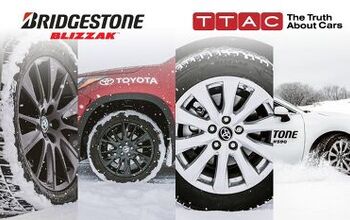

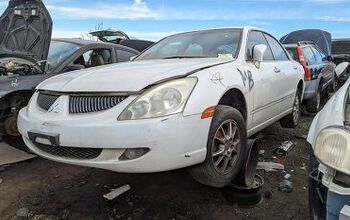

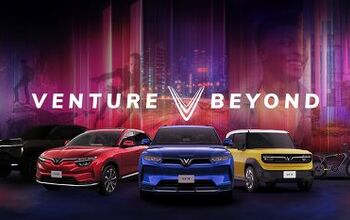
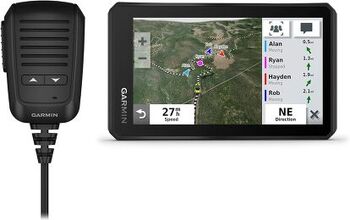
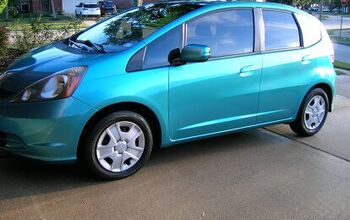
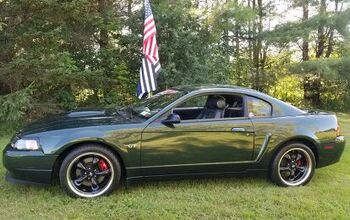
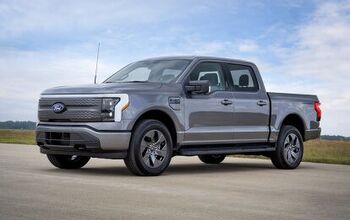
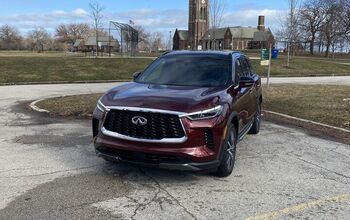
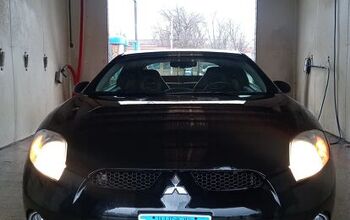

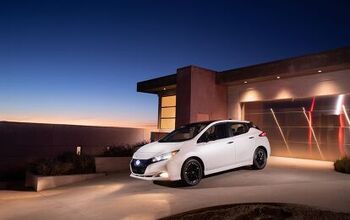
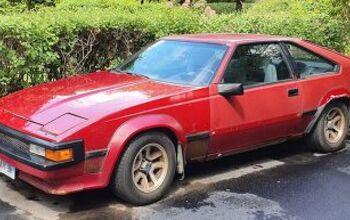

Comments
Join the conversation
the truck rollover deaths aren't much of a surprise. About every week you hear of someone on a suburban or country road going off in a ditch and rolling. Seatbelts are never worn, and alcohol is almost always a factor.
HyunDIE Accident...